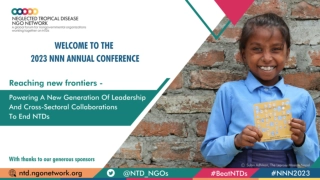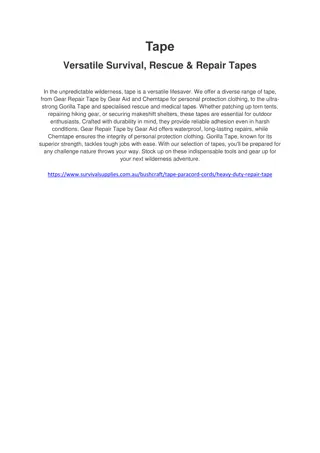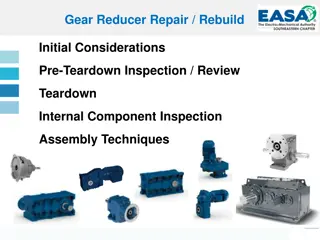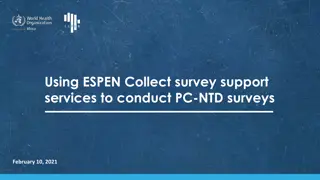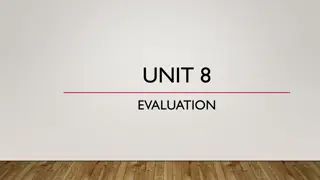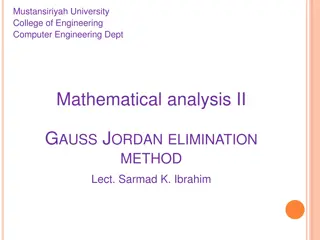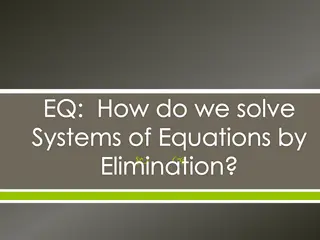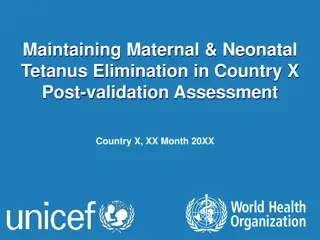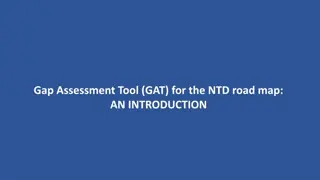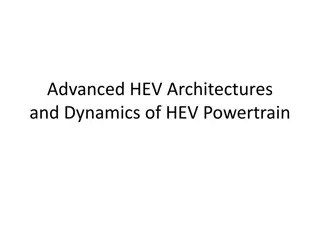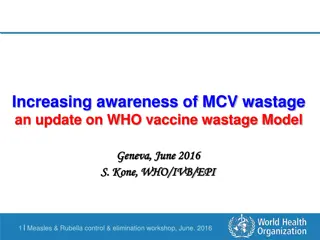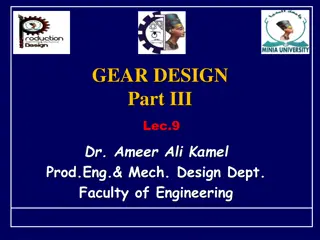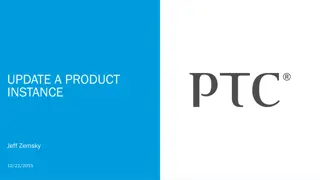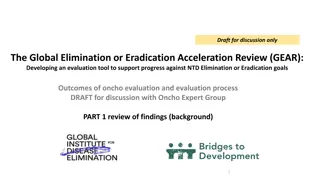Developing GEAR Framework for NTD Elimination Progress Evaluation
Designing an evaluation framework for NTD elimination progress, the Global Elimination or Eradication Advancement Review (GEAR) aims to enhance efficiency and effectiveness. The project involves stakeholder engagement, pilot design, and tool refinement within a structured timeline for strategic improvement.
Download Presentation

Please find below an Image/Link to download the presentation.
The content on the website is provided AS IS for your information and personal use only. It may not be sold, licensed, or shared on other websites without obtaining consent from the author.If you encounter any issues during the download, it is possible that the publisher has removed the file from their server.
You are allowed to download the files provided on this website for personal or commercial use, subject to the condition that they are used lawfully. All files are the property of their respective owners.
The content on the website is provided AS IS for your information and personal use only. It may not be sold, licensed, or shared on other websites without obtaining consent from the author.
E N D
Presentation Transcript
The Global Elimination or Eradication Advancement Review (GEAR) framework: Developing an evaluation tool to support progress against NTD Elimination or Eradication goals Project Overview, October 2021 1
Summary Project purpose: To design an evaluation framework and an independent review process to be used by E&E efforts to guide strategic improvement and increase impact. Goal: If potential for improvement is demonstrated and adopted, this will result in improved efficiency and effectiveness of disease elimination and eradication efforts. 2
How will the pilot be conducted? Who s involved: Facilitating team: Bridges and GLIDE Disease Specific Key Opinion Leaders Group Independent Advisory Group What happens: Stakeholders are identified Engagement plan is developed and carried out, including independent/group interviews, a survey, group discussions Input is collated and analyzed Analysis is reviewed by key opinion leaders and independent advisory groups Additional input will be sought as appropriate Final report prepared for sharing with the community 3
Project timeline Project timeline 2021 2022 Apr May Jun Jul Aug Sep Oct Nov Dec Jan Feb Mar Apr Phase Frame Apply learning Conduct pilot and learn Consult, design, prepare pilot Milestones Refined tool Pilot launch Case Study report Project plan approval Pilot design Refine tool based on lessons learned Select disease program for pilot Establish advisory committees Develop process for pilot, design survey Review frameworks Finalize draft to pilot Stakeholder analysis Activities Conduct surveys/interviews Capture lessons learned Case study and report Reflect on next steps for tool 4
Review framework will be designed to complement the Review framework will be designed to complement the NTD Gap Assessment Tool NTD Gap Assessment Tool NTD Gap Assessment Tool E&E Evaluation Framework Global level progress against disease Re-looking at basic assumptions of elimination efforts Designed to capture more details around the technical aspects of disease prevention, diagnosis, treatment Helps to surface the root causes of barriers to progress so that corrective action can take place National NTD program Captures the status of a national program Identifies the what of issues that currently challenge a program Designed to capture broader health systems considerations 5
FAQs document has been developed FAQs document has been developed 1. How does this compare to existing review tools and processes? 2. Is the WHO aware and supportive of this project? 3. How is the GEAR framework conducted? 4. What makes this review process independent? 5. How might I engage in the process? 6. How will the process be transparent? 7. Is this targeting a global-level program or national program? 8. How are you capturing country experiences in the review process? 9. Who will review the results of the evaluation? 10. How will the findings of the review be used? 11. Are any resources being offered as part of this project? 12. Who is on the advisory group? 6
Project success factors Stakeholders in the disease area selected for the pilot are willing and available to engage and learn Sound process and technical design of framework for pilot, reflecting existing tools and input from disease experts The right number and profile of diverse individuals are identified to engage around the framework and provide useful and knowledgeable input during the pilot Learning is relevant and useful to refine the framework and provide useful feedback to support disease elimination or eradication Framework will translate across disease areas and NTD community interested to adopt for use in second area 7
Area of Expertise The independent The independent advisory group advisory group SDGs Polio Between 7-10 technical experts and those with recent implementation experience from a range of relevant programs, including some outside the disease area to be piloted (e.g., polio, malaria, etc.) Eradicationists Malaria Rinderpest International Certification Committee for Guinea Worm Africa Regional Perspective Oncho perspective USAID Sustainability Framework 8
A group of key opinion leaders for Onchocerciasis A group of key opinion leaders for Onchocerciasis 1. To provide insights into assumptions of the elimination or eradication efforts, review survey questionnaire and topics for focus group discussion 2. To validate distribution list for survey and help increase response rate (share link within own networks) to ensure broad representation and robust input 3. To review the data collected and consult on recommendations to strengthen elimination or eradication efforts 9
Contact information Contact information For any questions, please contact the project leads: Lisa Bryde, GLIDE lbryde@glideae.org Nicole Vecchio, Bridges to Development nvecchio@bridgestodevelopment.org 10
Back up slides Back up slides 11
WHOs NTD gap assessment tool WHO s NTD gap assessment tool 12


